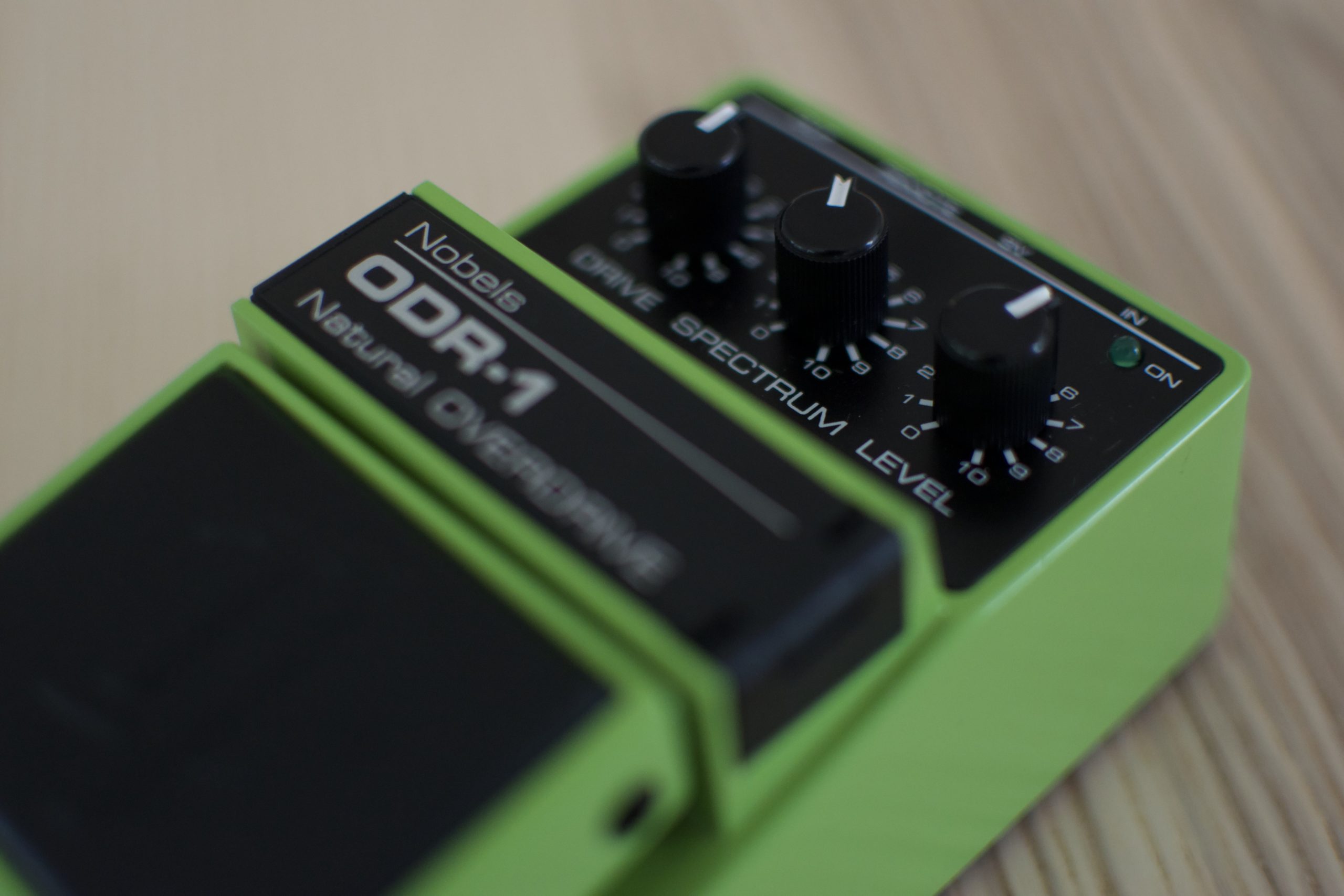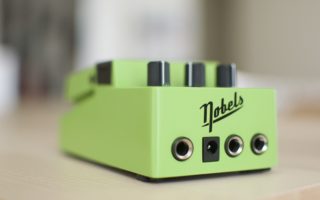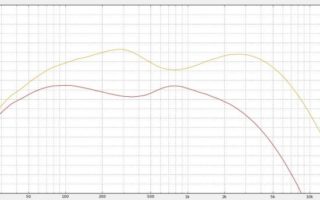
The ODR-1 Overdrive is a pedal from German manufacturer Nobels. Nobels is not a widely known brand in the USA, but nevertheless the ODR-1 has attained a legendary reputation amongst guitarists in the Nashville scene. A quick glance at Nobel’s Instagram will show a huge range of country guitarists who use the ODR-1 as their primary overdrive – impressive reach for a pedal you don’t see at Guitar Center.
I’d been curious about the ODR-1 for a while, but it’s not available at the music stores near where I live (none of my guitarist friends had even heard of it) so I’d never had the opportunity to try one out. I contacted Nobels’ USA distributor Osiamo to request an ODR-1 to review, and not only did they loan me a brand new one, they sent a Joyo BanTamp BlueJay as well. Thanks Osiamo!
History
The ODR-1 was first released in 1992, developed by Nobels to contrast with the mid-heavy Ibanez Tube Screamer. According to the pedal’s designer Kai Tachibana, he was inspired by the smooth breakup of a Fender Bassman head, its responsiveness to changes on the guitar’s volume knob, and how it preserved the original sound of his guitar.
(Side note: as of 2019, Kai Tachibana has further refined the ODR-1 and is making a new version called the ODR-C under his brand Nordland Electronics. Read the Var Guitar interview with Kai Tachibana here)
Specs
The ODR-1 comes in a green metal enclosure. It takes a 9V power adaptor, and has a battery compartment accessible from the top. There’s a sturdy footswitch and, unusually, a “Remote” input for an external footswitch.
It has three control knobs: Drive, Spectrum, and Level. The Drive and Level knobs’ functions are obvious, but the Spectrum knob has a slight twist. Rather than being a straight high-shelf/boost, it controls the addition of low mids as well as highs. This really helps you to find your place in the mix, and is generally more usable than most overdrive/distortion tone controls.
Features
The ODR-1 has something to offer at all gain levels. On lower gain settings, the ODR-1 is extremely touch-sensitive; play gently and it’ll barely clip, but as you play more forcefully you’ll get a little crunch. At higher gain settings, you’ll get an aggressive sound with a lot of bite and dynamics. To me, it feels really interactive. I felt super connected to my tone when I played the ODR-1.

However cranked you have the ODR-1, your guitar’s fundamental sound will shine through. I really enjoyed the sound of the ODR-1 with single-coils on a low/medium drive setting: I found it to be smooth, rich, and distinctive.
Considerations
The ODR-1 is a great addition to your overdrive arsenal, but it’s not suitable for all applications.
- It’s bass-heavy. This means it sounds really rich and full on its own, but you might not want to use it in the Tube Screamer-style application of tightening up another overdriven channel.
- If you’re a metal player, the ODR-1’s smoothness might not be right for you.
Conclusion
The Nobels ODR-1 is a delight to play and fully deserves its status as a Nashville legend. I would strongly endorse you get your hands on one. Pick one up from Osiamo or wherever you can find it.

